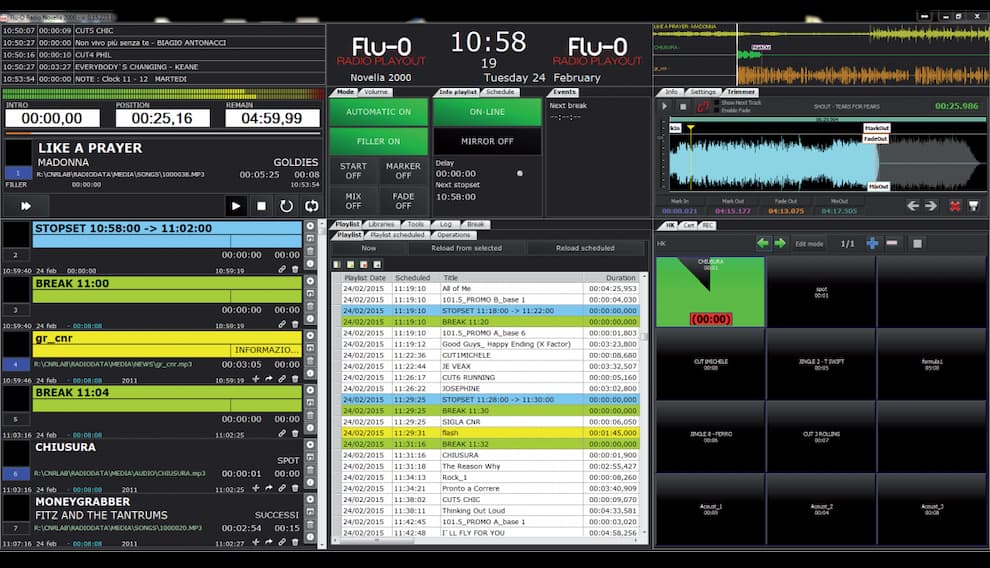

In the U.S., this came about when the EAS replaced the EBS, starting the movement toward automation to assist, and sometimes take the place of, the live disc jockeys (DJs) and radio personalities. Gradually, the quality and reliability of electronic equipment improved, regulations were relaxed, and no operator had to be present (or even available) while a station was operating. president would have had to first be authenticated with a code word sealed in a pink envelope sent annually to stations by the Federal Communications Commission (FCC). While there has not been a requirement to relay any other warnings, any mandatory messages from the U.S.

In the U.S., it was also necessary to have an operator on duty at all times in case the Emergency Broadcast System (EBS) was used, as this had to be triggered manually. This was often the case on overnight and weekend shifts when there was no broadcast engineer present, and all of the time for small stations with only a contract engineer on call. Originally, in the US, many (if not most) broadcast licensing authorities required a licensed board operator to run every station at all times, meaning that every DJ had to pass an exam to obtain a license to be on-air, if their duties also required them to ensure proper operation of the transmitter. The radio transmitter end of the airchain is handled by a separate automatic transmission system (ATS). They can also run in a live assist mode when there are on-air personnel present at the master control, television studio or control room. Used either at a broadcast network, radio station or a television station, it can run a facility in the absence of a human operator. Broadcast automation incorporates the use of broadcast programming technology to automate broadcasting operations.


 0 kommentar(er)
0 kommentar(er)
